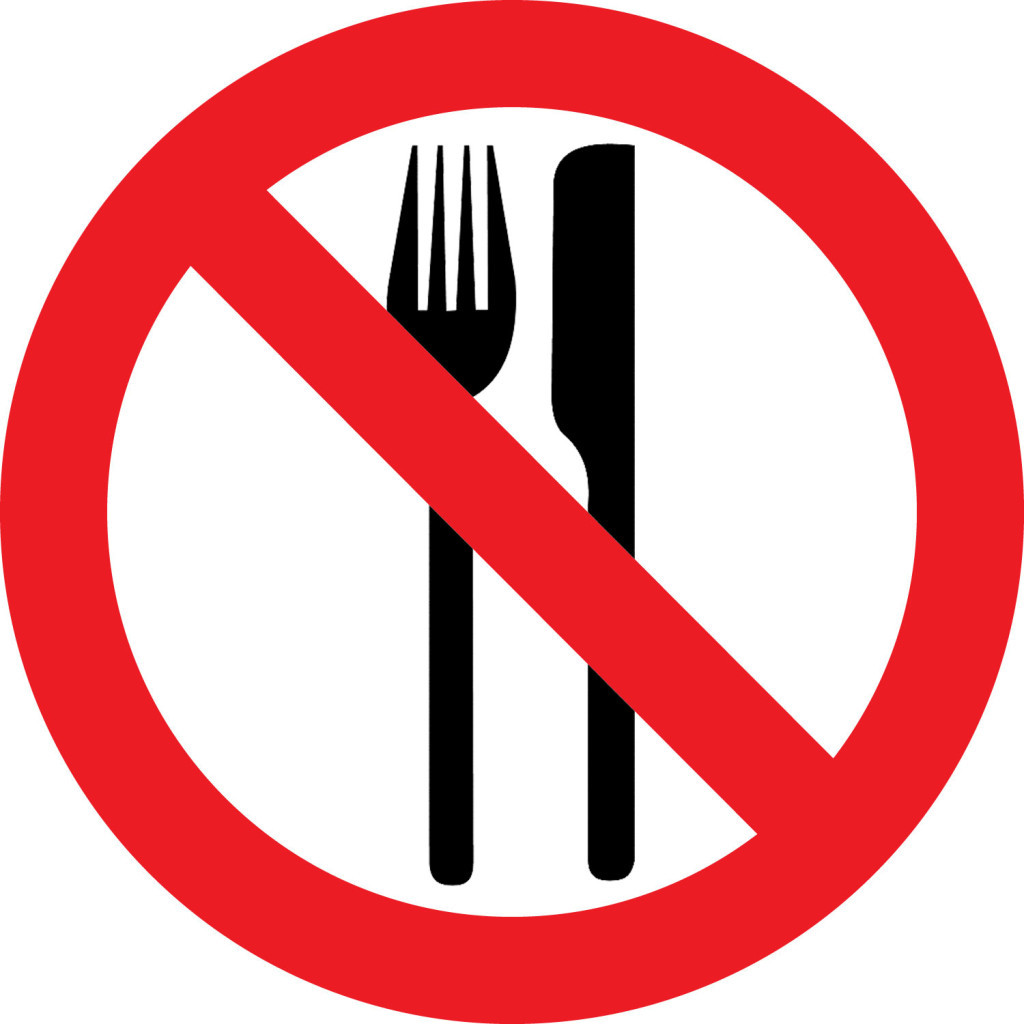Upstart wants you to say goodbye to chewing
By Aidan Mouellic, Staff Writer
We’re all so busy—or at least, that’s what everyone likes to tell each other. Some of us are so busy (or lazy) that we can’t even find the time to cook ourselves a proper meal.
A new company thinks it has the solution to this dilemma. American entrepreneur Rob Rhinehart and his crew of food nerds have developed Soylent, a liquid food that is meant to replace all your meals. The basis of Soylent is a powdered concoction of protein, fibre, vitamins, carbohydrates, and essential lipids. Everything your body needs is available within the Soylent mixture, which sets it apart from traditional meal-replacement beverages that you would typically only use to replace one of your daily meals. All the user needs to do is mix Soylent with water and then consume it.
While the appeal of drinking every meal is lost on some, many seem up for it. A recent crowd-funding initiative launched by the Soylent team gathered over $1-million in support, which is allowing Soylent to go into mass production.
It may seem a bit ludicrous to drink all your meals, but Soylent has been Generally Recognized as Safe (GRAS) by the FDA, and the concept is not as crazy as it seems. Our bodies survive off of the nutrients in our food. We get these nutrients by breaking food down to a paste, allowing these miniature pieces of fuel to be used by our bodies. Soylent just skips the chewing and breakdown phase and goes straight to the miniature-fuel-absorbing stage; a liquid-only diet is actually rather logical.
When you walk into any convenience store, it’s hard not to notice the wall of energy drinks. Modern society is hell-bent on finding weird solutions to existing problems: if you’re tired, you need only drink a can of liquefied speed to feel recharged. Soylent is perhaps a pioneer then in a new market of individuals who cannot put technology on pause while they eat—with Soylent, you can text while you sip your meal.
For many though, sipping is not satisfying. Looking down into a cup of Soylent isn’t exactly appetizing—if a sizzling steak has sex appeal, Soylent looks more like the remnants of sex. The liquid meal is clumpy and yellowish, but at least it tastes and smells like vanilla. Thankfully our eyes are only a small part of the eating process.
Another problem that Soylent tackles is the amount of waste associated with the eating process. The Institution of Mechanical Engineers reports that 30-50 per cent of the food that humans produce is wasted. Efficiency is perhaps the main aim of Soylent: you make your meal in minutes, drink it, and then get back to work. No food wasted and no time wasted. On paper, Soylent appears to be the ideal solution for the world’s food crisis. Whether you’re tired of ramen or you’re starving in a developing country, it could be a lifesaver.
But food is more than sustenance; eating is a social activity that binds us together. What sort of world would we live in if, instead of sitting with our friends and sharing a warm, hearty meal, we downed jugs of Soylent? It would likely be a boring time.
Rhinehart may have created something that is neat and functional, but for liquid food to stick around, it needs to find a way to become as socially binding as a solid meal and as rewarding as a sticky cinnamon bun. Until that happens, humanity will chew on.


